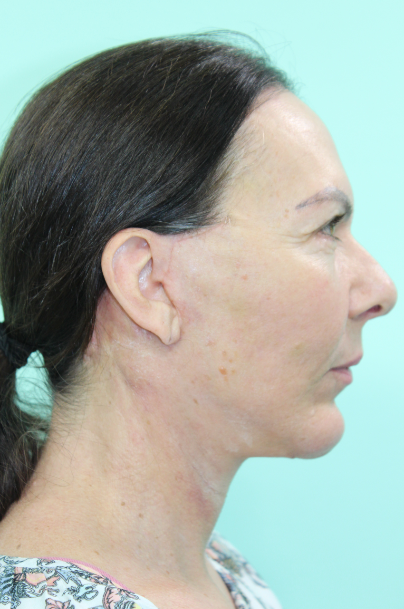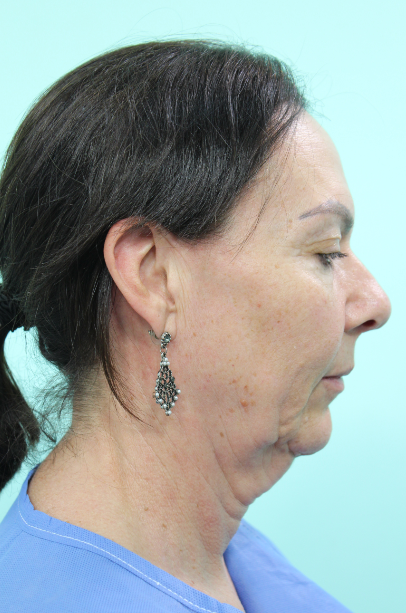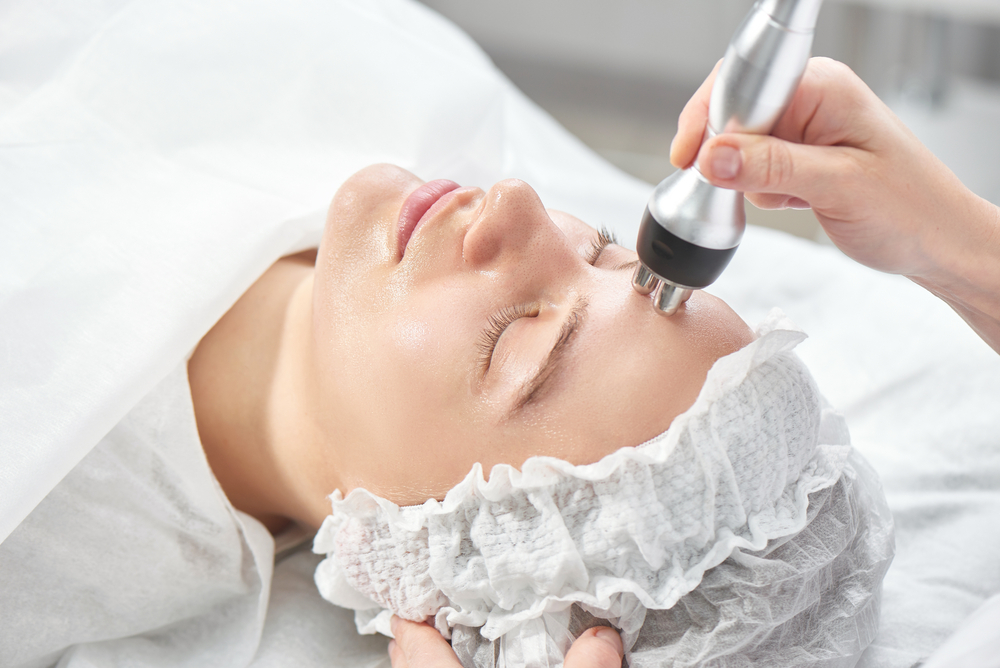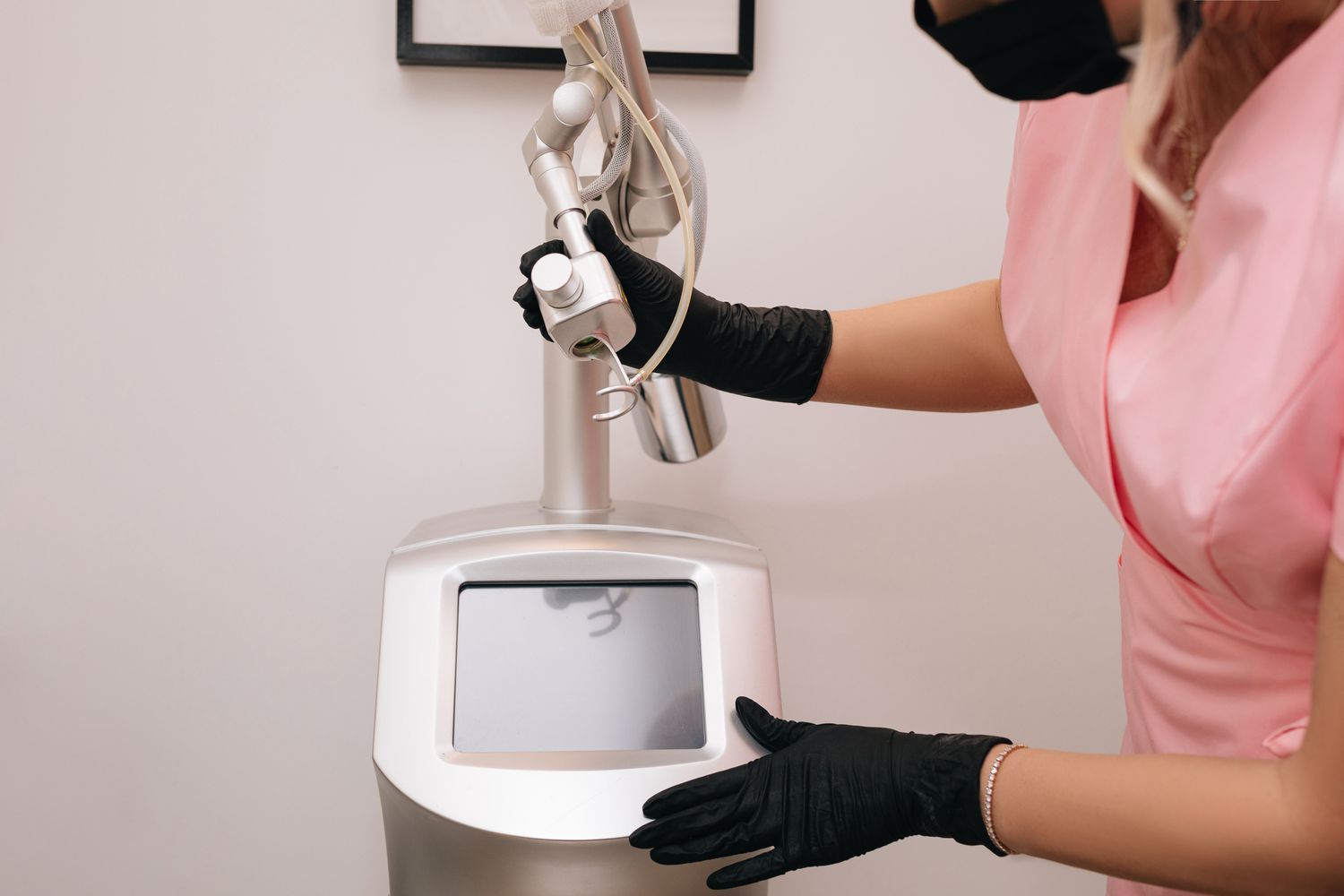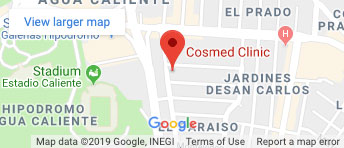Chin Implants: Dr. Juan Carlos Fuentes explains what you need to know
If you wish you could improve your profile or achieve a more symmetrical look, you may be interested in getting a chin implant. This surgery helps patients achieve a well-defined jawline, adding instant harmony to the rest of their face. In spite of being such a simple and effective surgery, a lot of people are not aware of its great benefits. We decided to solve some doubts and spoke with one of VIDA’s expert plastic surgeons, Dr. Fuentes, who explained the basics about chin implant surgery.
If you are thinking about it, start by reading our chin implant FAQ with Dr. Fuentes!
Who could benefit from a chin implant?
Dr. Fuentes: A lot of people have one of these two conditions: micrognathia or retrognathia. With micrognathia, a person’s jaw and chin are too small, while patients with retrognathia usually have an underbite and an inverted chin. By placing a chin implant, patients instantly see a more balanced profile and a proportionate chin. Apart from retrognathia and micrognathia, patients whose chin and jawline are too small in relation to their nose can also benefit from chin implant surgery.
What are chin implants made of?
Dr. Fuentes: The most common material is silicon, with more than 95% of chin implants made out of solid silicon. There are some alternatives, such as polyethylene implants, manufactured by Medpor. Medpor implants are less common and offer different advantages and disadvantages for patients.
Can the body reject the chin implant?
Dr. Fuentes: It’s highly unlikely. There is a very small possibility of developing an infection or having a displaced implant, but rejection of the implant occurs in less than 1% of patients.
At what age can a patient get a chin implant?
Dr. Fuentes: In order to have successful chin implant surgery, patients must have reached maturity in their facial structure. In other words, they need to be done growing. For women, this happens when they are around 15 years old and for men after they turn 17 years old.
Do chin implants need to be changed?
Dr. Fuentes: No. This is a great advantage of chin implants, they can be permanent and always feel completely natural.
What type of incision and scar can patients expect after chin implant surgery?
Dr. Fuentes: There are 2 main incision approaches: an intraoral incision and an external incision. The external incision is a small 2 cms long incision placed right below the chin; there it fades and becomes virtually invisible. The intraoral incision is made on the inside of the lower lip, making it 100% invisible. The intraoral approach does have a higher risk of infection.
Will an implant solve my cleft or dimple chin?
Dr. Fuentes: A cleft chin is actually the shape of the bone or muscle in the chin. Everyone has two muscles in their chin, however, some patients have a small fissure between the muscles that is apparent.
Are there any special aftercare instructions following chin implant surgery?
Dr. Fuentes: Chin implant surgery is performed as an outpatient procedure, so patients can go home as soon as the effects of the anesthesia pass. As for after surgery care and what to expect, there can be discomfort and swelling the first week after surgery. Basic care such as being careful when eating, sun exposure, getting plenty of rest and avoiding contact sports will help the area heal faster.
Most patients can return to their normal activities within a week of having chin implant surgery.
If you’d like to know more about chin implant surgery, if you are a candidate and what results to expect, don’t hesitate to contact us. Call us now (toll-free) at +1(619) 738-2144 to schedule your free, one-on-one consultation with Dr. Fuentes.

